Central America: Meet people’s needs and tackle root causes of migration, says report
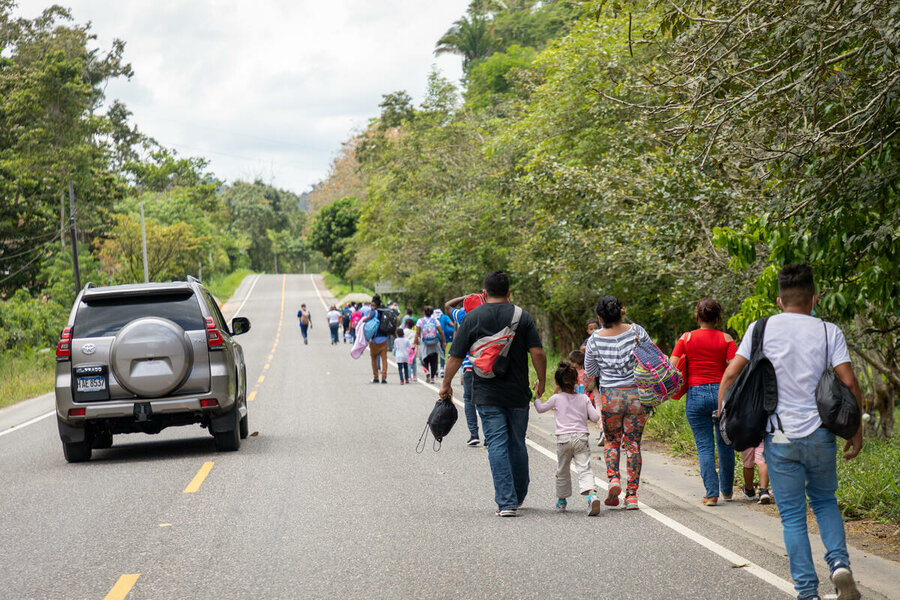
Poverty, the struggle to put food on the table, climate shocks and the threat of violence are pushing an estimated 378,000 people in Central America to make their way to the United States every year in the past five years, according to joint report released today.
“We are seeing an exodus … as hunger and despair force many to migrate in search of a better life,” said World Food Programme (WFP) chief executive David Beasley.
The report confirms food insecurity as one of a number of interlinked propellers of migration from Central America, noting that food insecure people are three times more likely to make concrete plans to migrate than those who are better off.
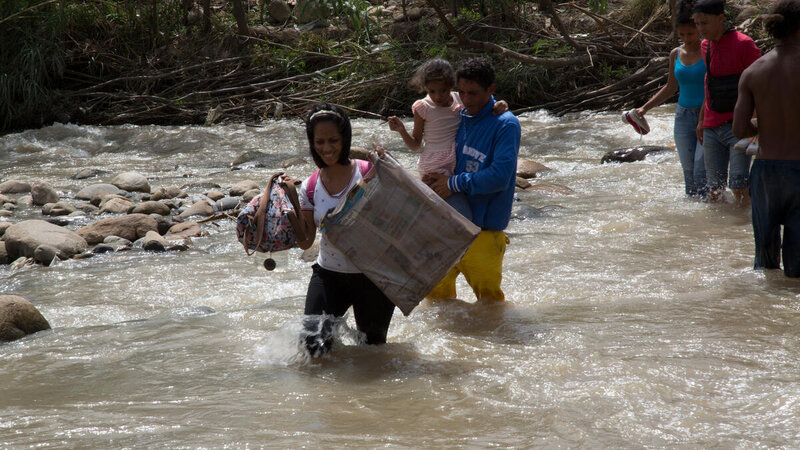
Photos: WFP/Jonathan Dumont
“Families are being separated and communities are being destroyed as poverty, climate change and now COVID-19 have left many people feeling they have no choice but to head north,” said Beasley.
“We know they would much rather stay home, so WFP’s programmes are supporting sustainable livelihoods and offering people hope and opportunity in their own villages. But we need fresh funds to reach the millions planning to leave if they don’t get help soon.”
The new report is a joint effort of the Migration Policy Institute (MPI), WFP and the Civic Data Design Lab at the Massachusetts Institute of Technology, with support from the Inter-American Development Bank and the Organization of American States (OAS).
Food insecurity has seen a dramatic rise in Central America as the economic fallout of the COVID-19 pandemic and poverty continue to make it harder for families to access nutritious food.
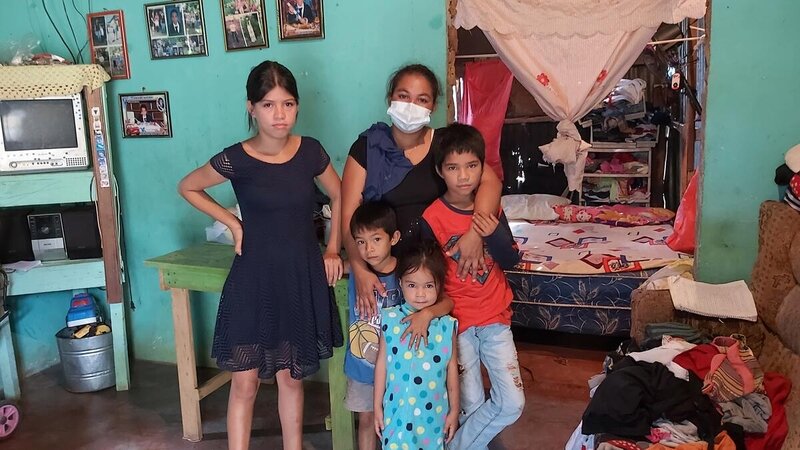
Pointing to “the repeated cyclical patterns” of rising Central American migration, Andrew Selee, President of the Washington-based Migration Policy Institute (MPI) has called for a change of tack.
“It is clearly time for a strategy that moves beyond unilateral enforcement actions to recognize not only the drivers of migration but also the nuanced contexts in El Salvador, Guatemala and Honduras that smart investment and community strengthening policies should address,” he said.
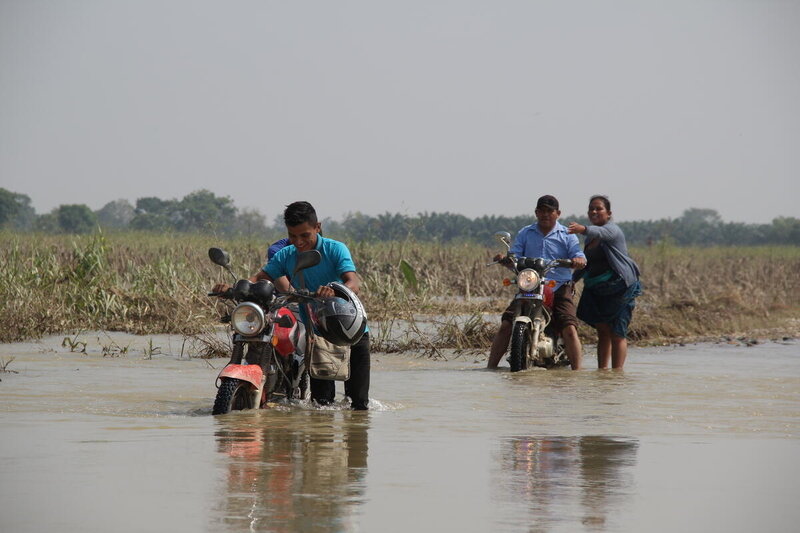
The study, ‘Charting a New Regional Course of Action – the Complex Motivations of Central American Migration', found people embarking on hazardous journeys, from the three countries, put themselves in financial as well as physical peril – 55 percent of migrants hired a smuggler at an average cost of US$7,500 per person, US$3,000 more than it would cost to travel legally.
This amounts to an estimated US$2.2 billion a year, with 89 percent of respondents intent on reaching the US.
Part of Central America includes the Dry Corridor – an area severely affected by climate change and the El Niño phenomenon.
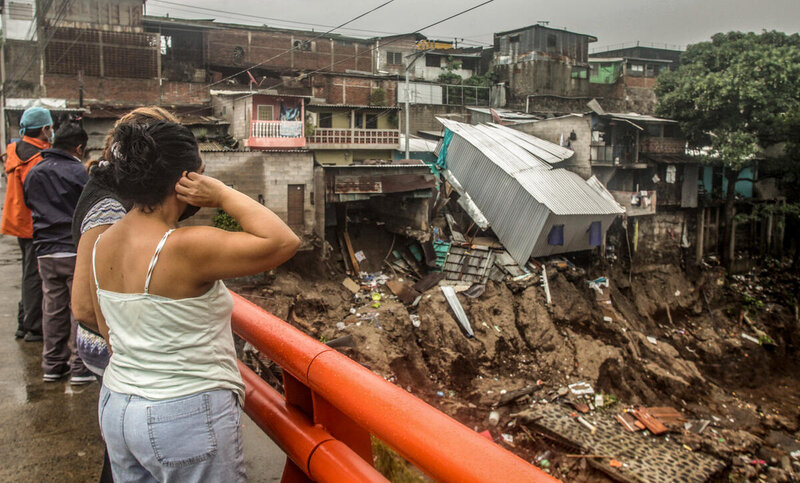
Photo: WFP/Mauricio Martinez
Against such a backdrop, social protection vehicles such as cash grants and school feeding have a critical role to play in alleviating poverty and empowering people to weather both economic and climatic shocks over the long term, the report found.
“We cannot expect different results from the same actions,” said Luis Almagro, Secretary General of the OAS. “We have been implementing migration containment policies for years, which have proven to be insufficient.”
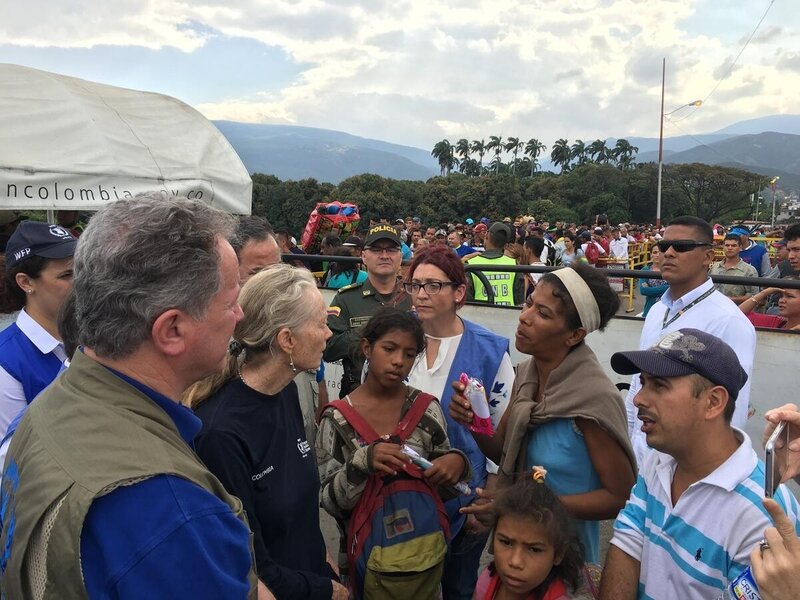
He added: “The study proves that the causes of migration are poverty, inequality, unemployment, food insecurity, violence, the impact of natural disasters and climate change – these require to be addressed in a decisive and comprehensive manner.”
While Central Americans’ desire to migrate is on the rise, the report found, “only a fraction of the surveyed population planned and prepared to do so.”
And while “violence, insecurity and natural disasters” were complex and longstanding triggers of migration, “economic factors were participants’ primary motivation for desiring to emigrate.”
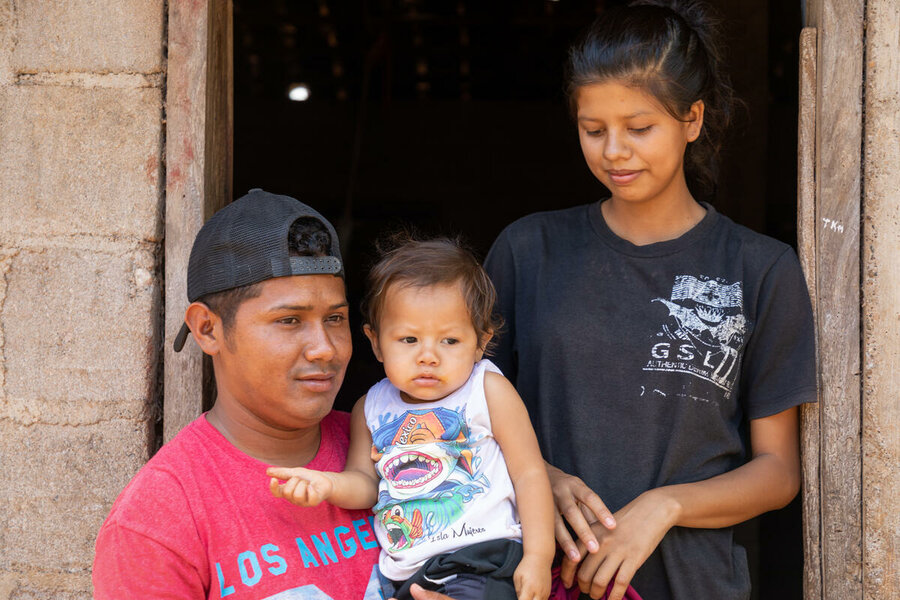
With many families in Honduras, El Salvador and Guatemala dependent on remittances form relatives abroad, the report said it was important to “create incentives and opportunities for diasporas to invest in the development of local communities and to become agents of change in their countries of origin or ancestry.”
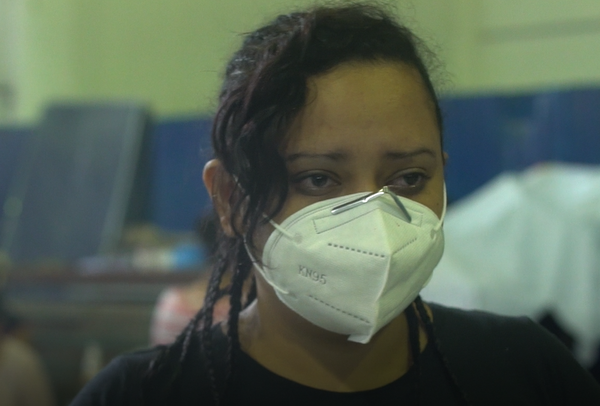
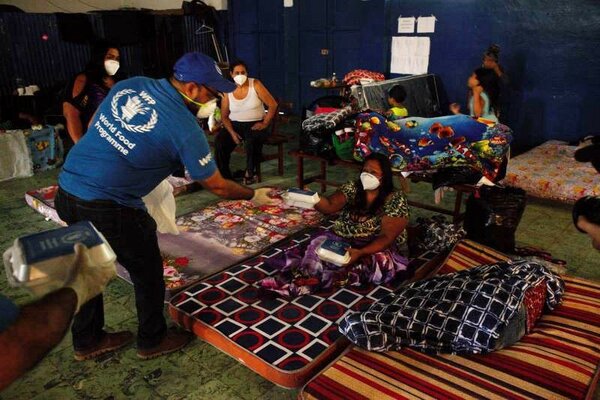
It added that “legal pathways for Central Americans interested in migrating to the United States and other destination countries to redirect migration” should be expanded with “coordinated efforts to increase access to temporary employment visas, for example.”
WFP estimates that, as of October 2021, the number of food insecure people in El Salvador, Guatemala and Honduras grew three-fold to 6.4 million, from 2.2 million people in 2019.
